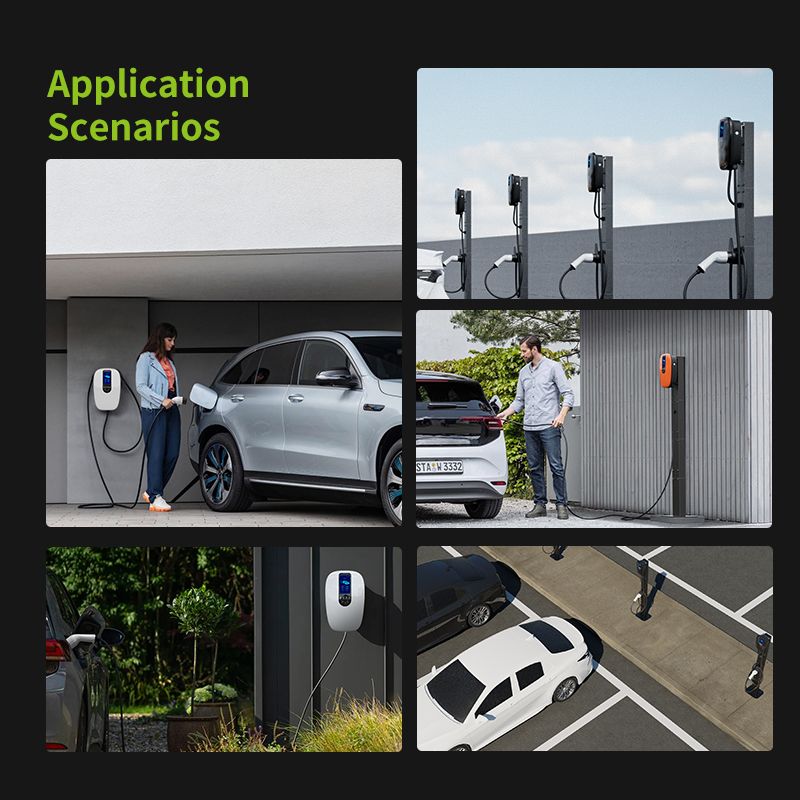As electric vehicles (EVs) become more prevalent, the importance of understanding the charging principles and duration of AC (alternating current) EV chargers cannot be overstated. Let’s take a closer look at howAC EV chargers work and the factors that influence the charging time.
Charging Principles:
AC chargers rely on the principle of converting alternating current from the grid into direct current (DC) power suitable for charging the EV’s battery. Here’s a breakdown of the charging process:
1. Power Conversion: The AC charger receives electricity from the grid at a specific voltage and frequency. It converts the AC power into DC power required by the EV’s battery.
2. Onboard Charger: The AC charger transfers the converted DC power to the vehicle through an onboard charger. This charger adjusts the voltage and current to match the battery’s needs for safe and efficient charging.
Charging Duration:
The charging duration of AC EV chargers depends on several factors that can influence the charging speed and time. Here are the key factors to consider:
1. Power Level: AC chargers come in various power levels, ranging from 3.7kW to 22kW. Higher power levels allow for faster charging, reducing the overall charging time.
2. Battery Capacity: The size and capacity of the EV’s battery pack play a significant role in determining the charging time. A larger battery pack will require more time to charge fully compared to a smaller one.
3. State of Charge (SoC): Charging speed often decreases as the battery approaches its full capacity. Most AC chargers are designed to charge rapidly during the initial stages but slow down as the battery reaches 80% capacity to safeguard its longevity.
4. Vehicle’s Onboard Charger: The efficiency and power output capability of the vehicle’s onboard charger can affect the charging duration. EVs equipped with more advanced onboard chargers can handle higher input power, resulting in faster charging times.
5. Grid Voltage and Current: The voltage and current supplied by the grid can impact the charging speed. Higher voltage and current levels allow for faster charging, provided the EV and charger can handle them.
Conclusion:
AC EV chargers facilitate the charging of electric vehicles by converting alternating current into direct current for battery recharging. The charging duration of AC chargers is influenced by factors such as power level, battery capacity, state of charge, the efficiency of the onboard charger, and grid voltage and current. Understanding these principles and factors enables EV owners to optimize their charging strategy and plan their journeys accordingly.
Sichuan Green Science & Technology Co., Ltd.
0086 19158819831
Post time: Dec-13-2023






